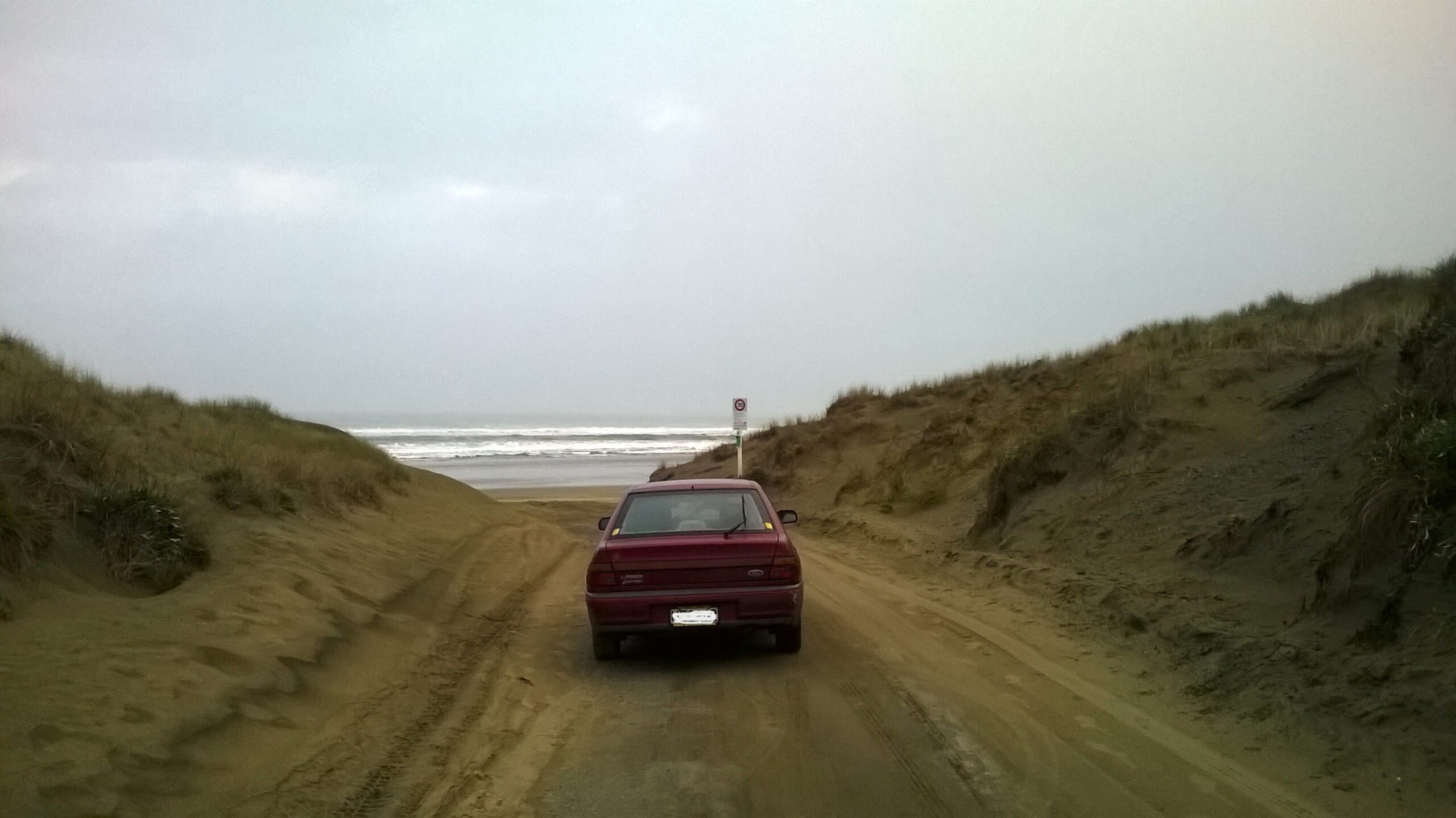Road trip: the Far North of New Zealand
Part One
The Cape
Cape Reinga is the northern most point (accessible by car) on the North Island of New Zealand. It is where the Tasman Sea meets the Pacific Ocean, which creates strong currents offshore. It is also a place of special significance to the Maori, that believe this is the place where spirits depart the land.
Having now visited Cape Reinga, I can appreciate why it feels like the end of the Earth, and its spiritual importance is matched by its stunning scenery. In a country of countless natural beauty, it is one of the most dramatic places and finest viewpoints.
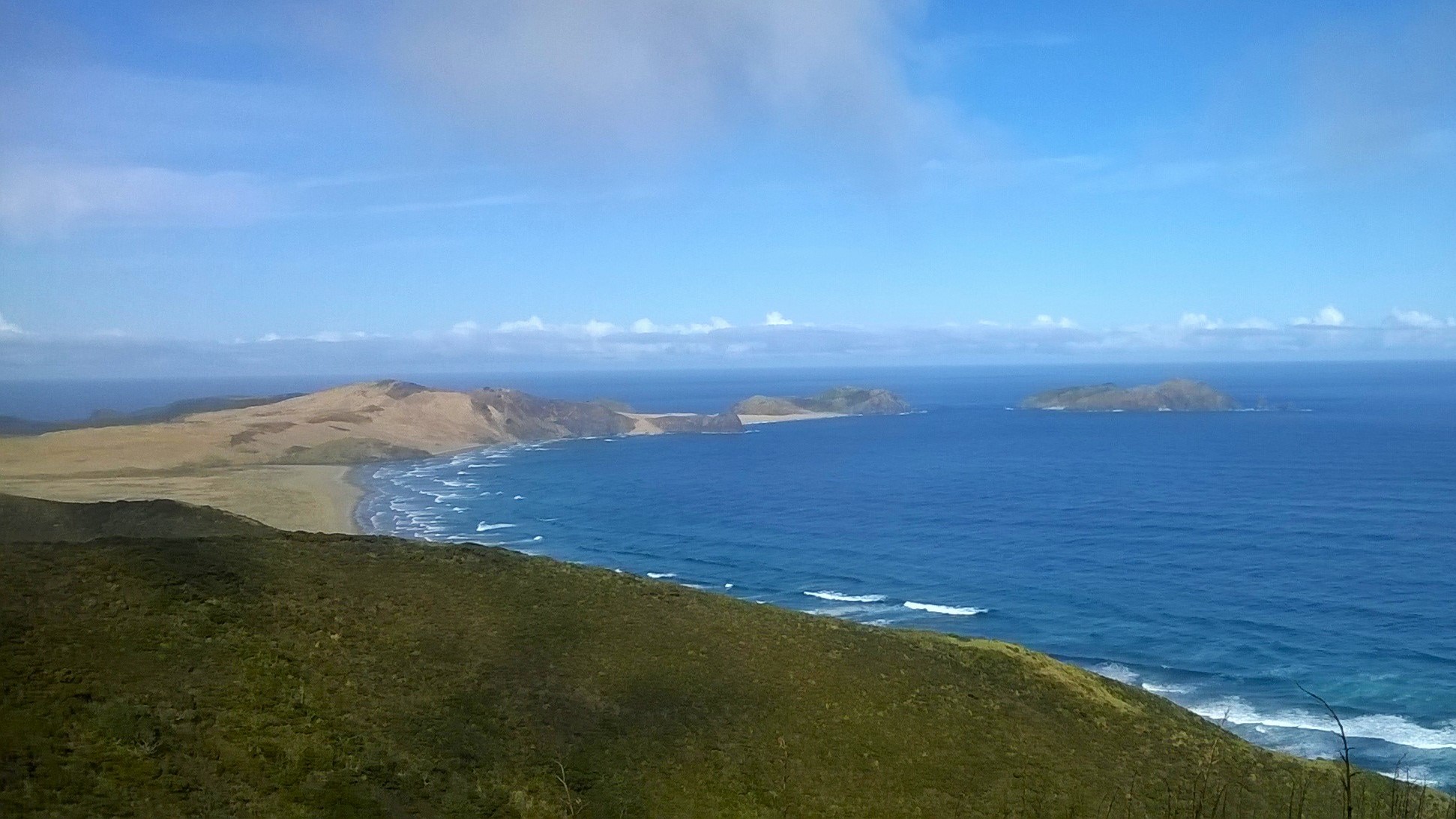
Taking the chance
If my passion for travel had been ignited on my first overseas trip to Spain in 2009, then it exploded after I arrived in New Zealand in 2013. It was here that I discovered my love of road trips. I was eager to explore this beautiful country whenever I could in my limited time there.
I lived for a year in Mount Maunganui, near Tauranga, in the Bay of Plenty. The summers there were long and hot, despite the occasional storm, while the winters were mild. Even in winter, it was possible to embark on a road trip and sleep in the car without the fear of freezing. So, when I had a few days off work in late July, I snatched the chance to hit the road again. My destination was Cape Reinga.
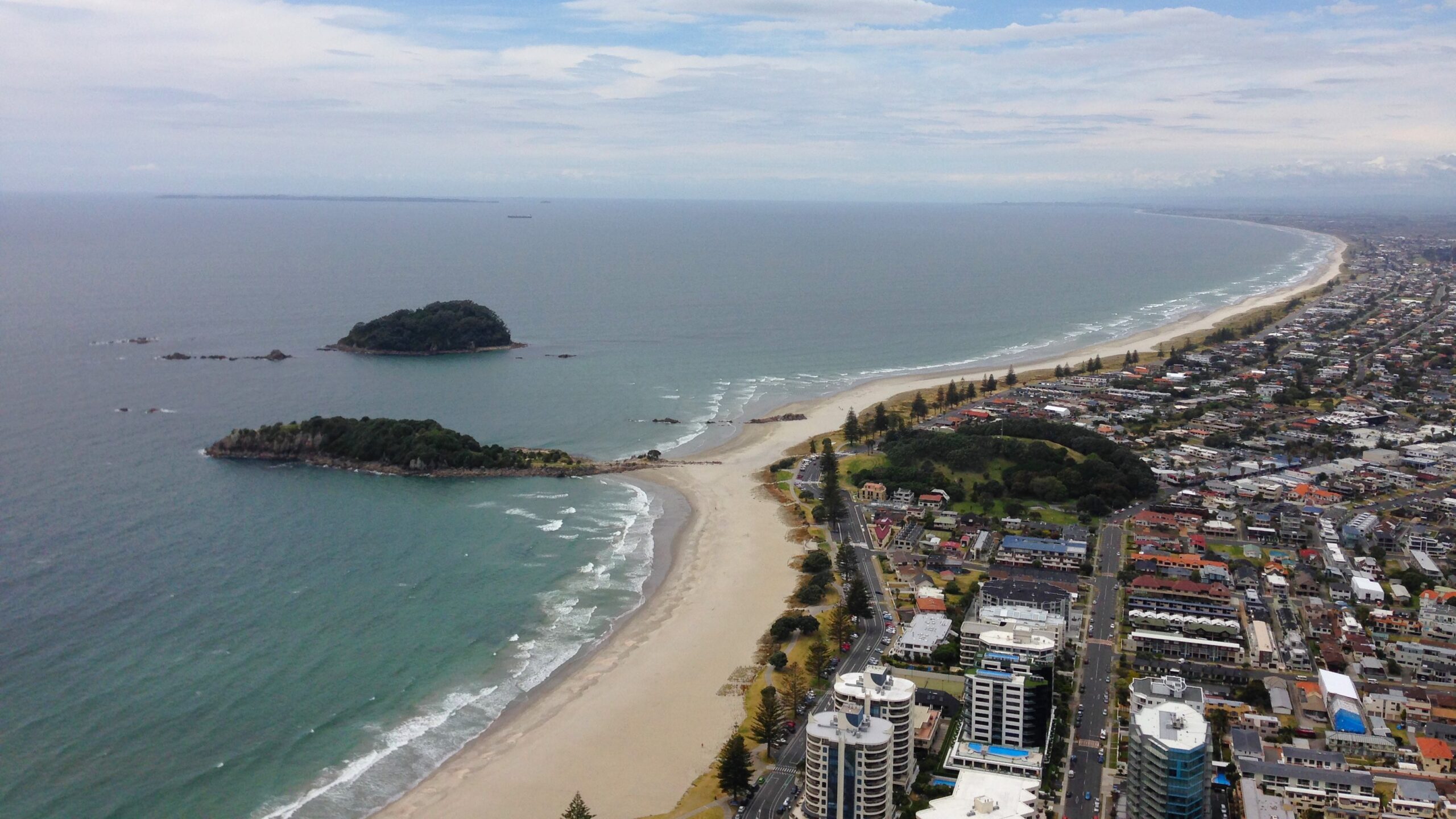
Setting off
I set off in the evening after work, under the cover of darkness (I didn’t need the cover of darkness, it just happened to be dark). The first night of driving was primarily for practical reasons as, generally, there isn’t much to be seen when driving at night. There was not much to be excited about, but driving for three hours that night served a purpose – I skipped passed the section of the journey I had done before, and it meant less driving the following day.
I woke up on the first day just north of Auckland, bordering the Northland region, which is far less populated than New Zealand’s largest city. It was easier to find a quiet spot to park up and sleep for the night away from the sprawling suburbs. I spent the morning driving another three hours north along the highway, with a few breaks, including a walk at the impressive Whangarei Falls.
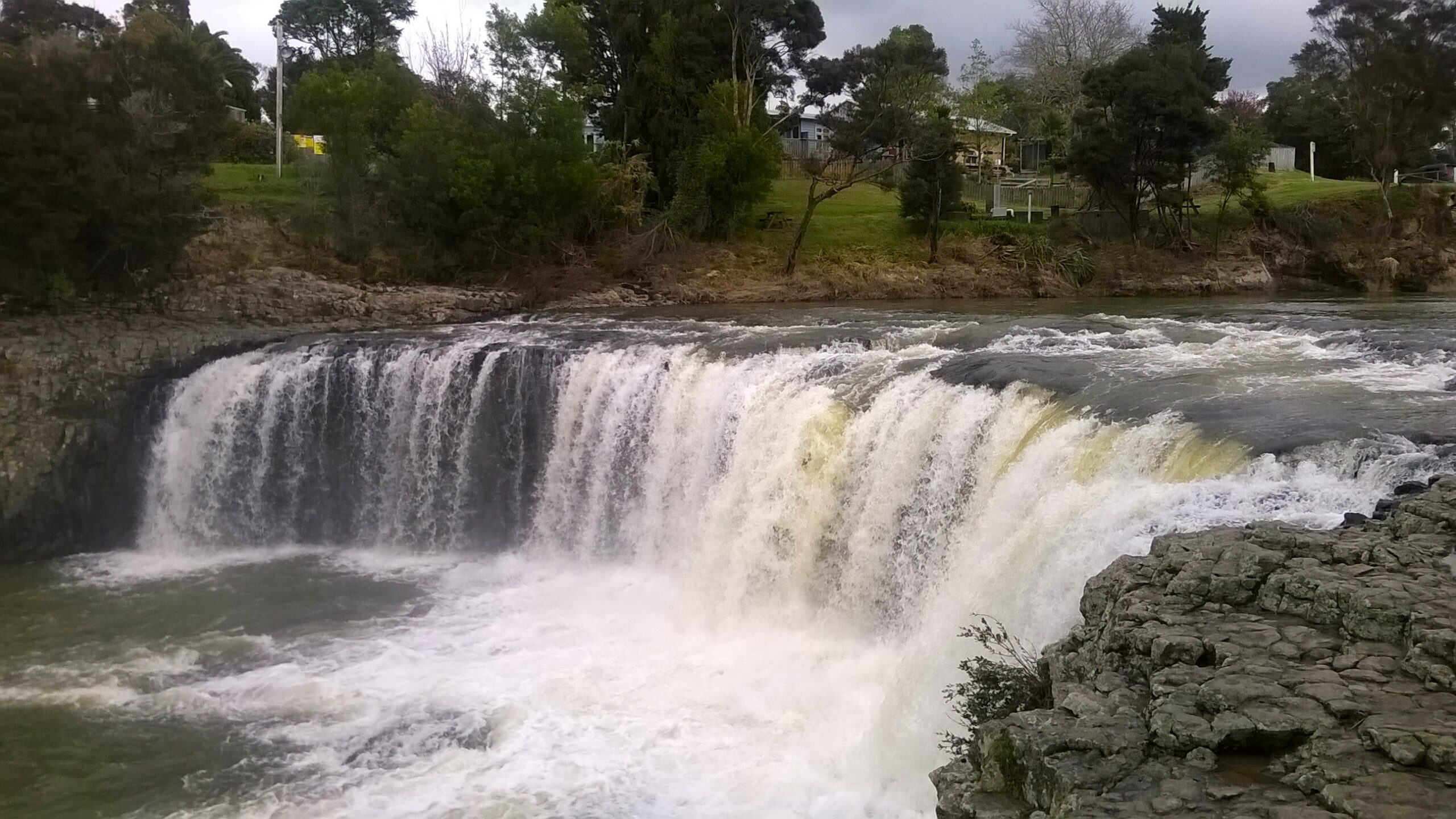

Bay of Islands
From there, I continued north to the popular Bay of Islands. The sun was shining on arrival, and I had a glimpse of the paradise I had heard about. Unfortunately, though, the weather was mixed for the rest of the afternoon, and clouds covered much of the sky.
I don’t think I experienced the full beauty that makes the Bay of Islands one of New Zealand’s top attractions. Still, with a little imagination, it wasn’t difficult to see the appeal: the beaches, the islands, the sand, the sea, and with a little sun, this could be a subtropical paradise. There was one benefit of visiting during winter. Instead of crowds of tourists, there was little traffic, and I enjoyed a peaceful drive along the coastal roads.

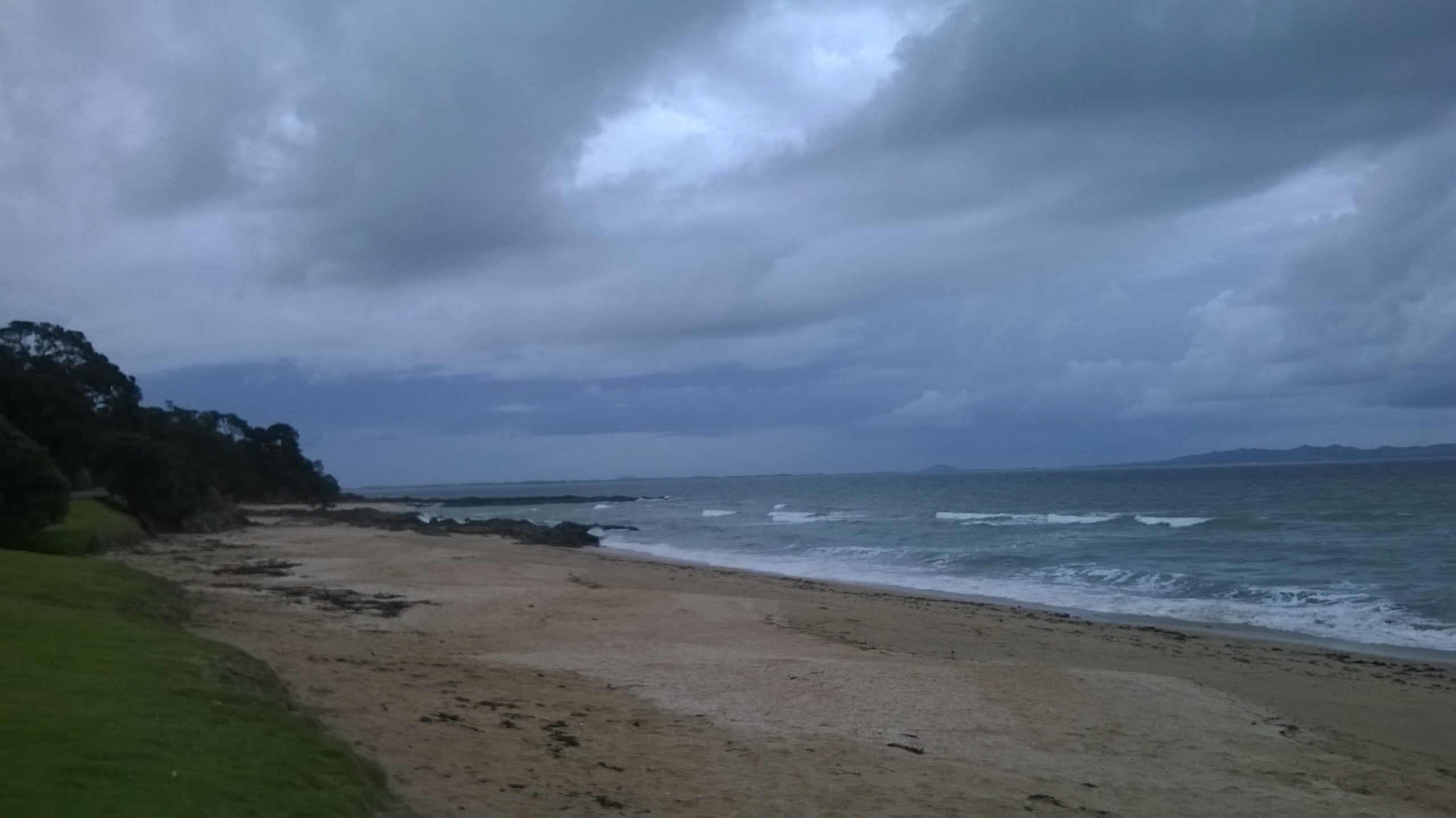
The North
The second night was spent was spent near Kaitaia, at the southern end of the narrow strip of land that pokes out at the northwest corner of New Zealand. On the eastern side of this strip, there are several villages with active fishing communities. While the western side is more rugged and wild as it consists of the Ninety Mile Beach and Giant Sand Dunes.
On the second day, I explored the eastern side on the journey north, stopping to watch local fisherman (and they were all men on this day) in action. To my amazement, they were already returning with their catch from the morning. At 9am the air was brisk, and they must have been out at sea before sunrise. They were happy to show off what they had caught, and although my knowledge of fish species is limited, they looked impressive to me.
Around 100 kilometres from Kaitaia, just over an hour’s drive, is Cape Reinga – my next destination.
